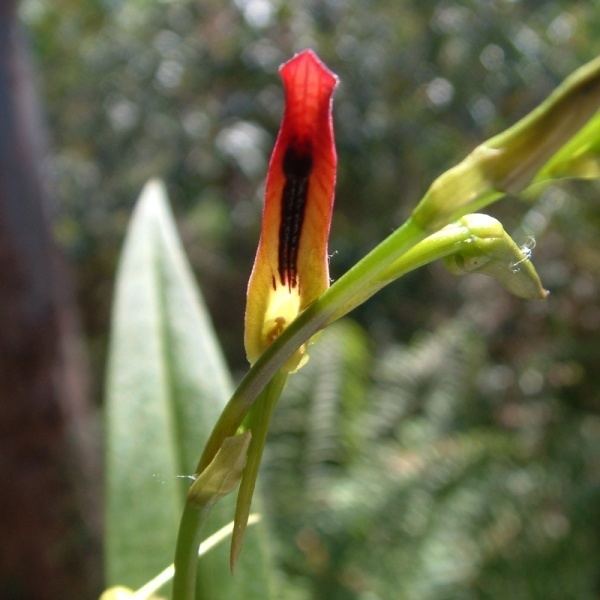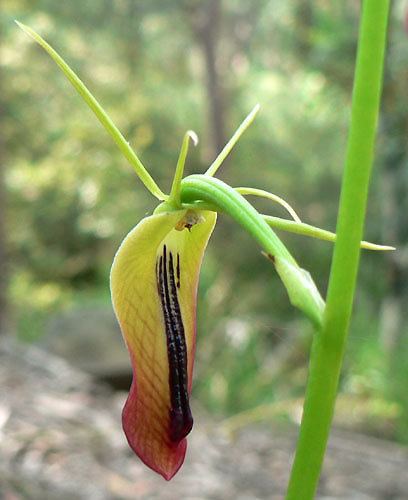Kingdom Plantae Family Orchidaceae Scientific name Cryptostylis subulata | Order Asparagales Genus Cryptostylis Rank Species | |
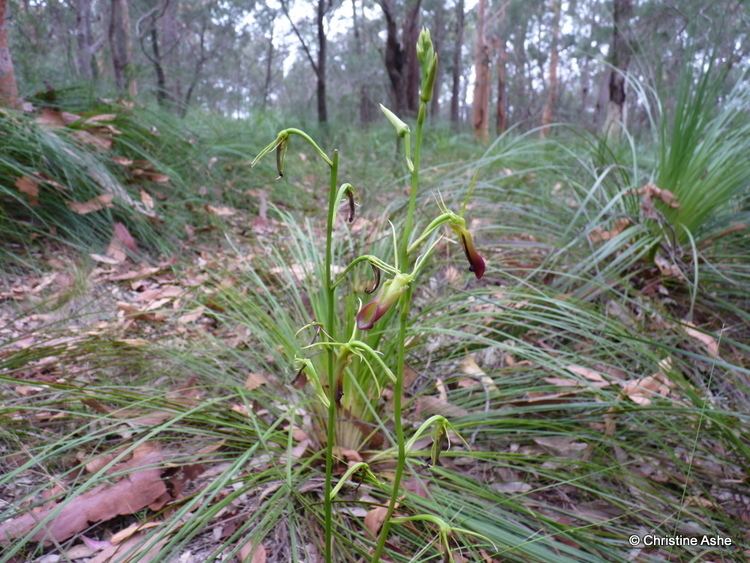 | ||
Similar Cryptostylis, Cryptostylis erecta, Lissopimpla excelsa, Cryptostylis hunteriana, Dipodium roseum | ||
Cryptostylis subulata, known as the large tongue orchid grows in south eastern Australia. It was given its current name by H.G. Reichenbach in 1871, originally described by Labillardiere as Malaxis subulata in 1806 from Tasmania. The specific epithet subulata refers to the duck like shape of the flower's labellum. Sometimes this plant is known as the duck orchid, but this may cause confusion with the flying duck orchid.
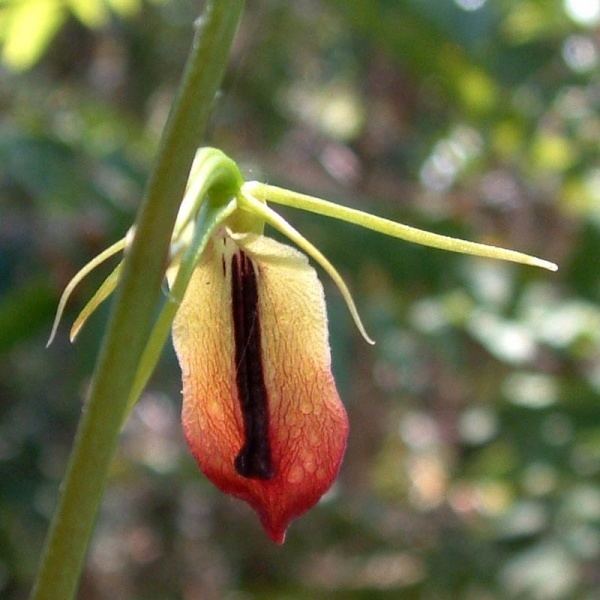
Cryptostylis subulata is a small and common plant, up to 50 cm (19.5 in) tall. The large green leaves arise from the base of the stalk and sit on petioles that are anywhere from 1 to 15 cm (0.5 to 6 in) long. The leaves are lanceolate in shape and measure 5–20 cm (2–8 in) long and 1–3 cm (0.5–1 in) across. The inflorescences (flower spikes) appear from spring to early autumn (October to March) and bear two to fourteen individual flowers. Each flower has several long thin green sepals which are 1.5 to 3 cm (0.59 to 1.18 in) long, while the labellum is a rolled reddish brown tube-like structure measuring 1.5–3.5 cm (0.59–1.38 in) long by 0.5–1 cm (0.20–0.39 in) across.
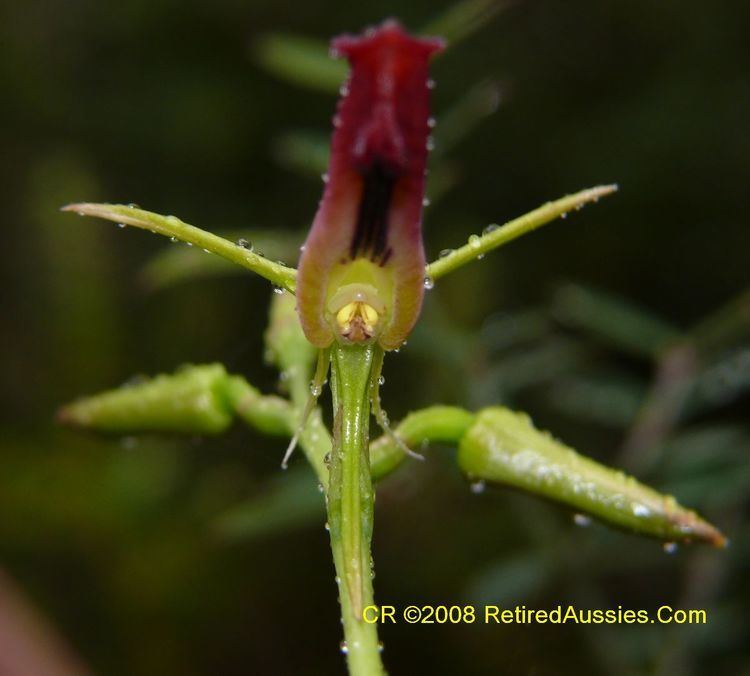
It is tolerant of a range of soils, from well-drained sandy heathland to swampy depressed areas, as well as dry eucalypt forest. It occurs mostly in coastal districts of Queensland, New South Wales, Victoria and Tasmania, although it is also found in the Blue Mountains.

Like other Australian members of its genus, it is pollinated by the ichneumon wasp known as the orchid dupe wasp (Lissopimpla excelsa), the males of which mistake the flower parts for female wasps and copulate with it.

Cryptostylis subulata has been successfully grown by orchid enthusiasts, but is slow growing. The rhizomes are delicate and resent disturbance, and need to be moist at all times.
